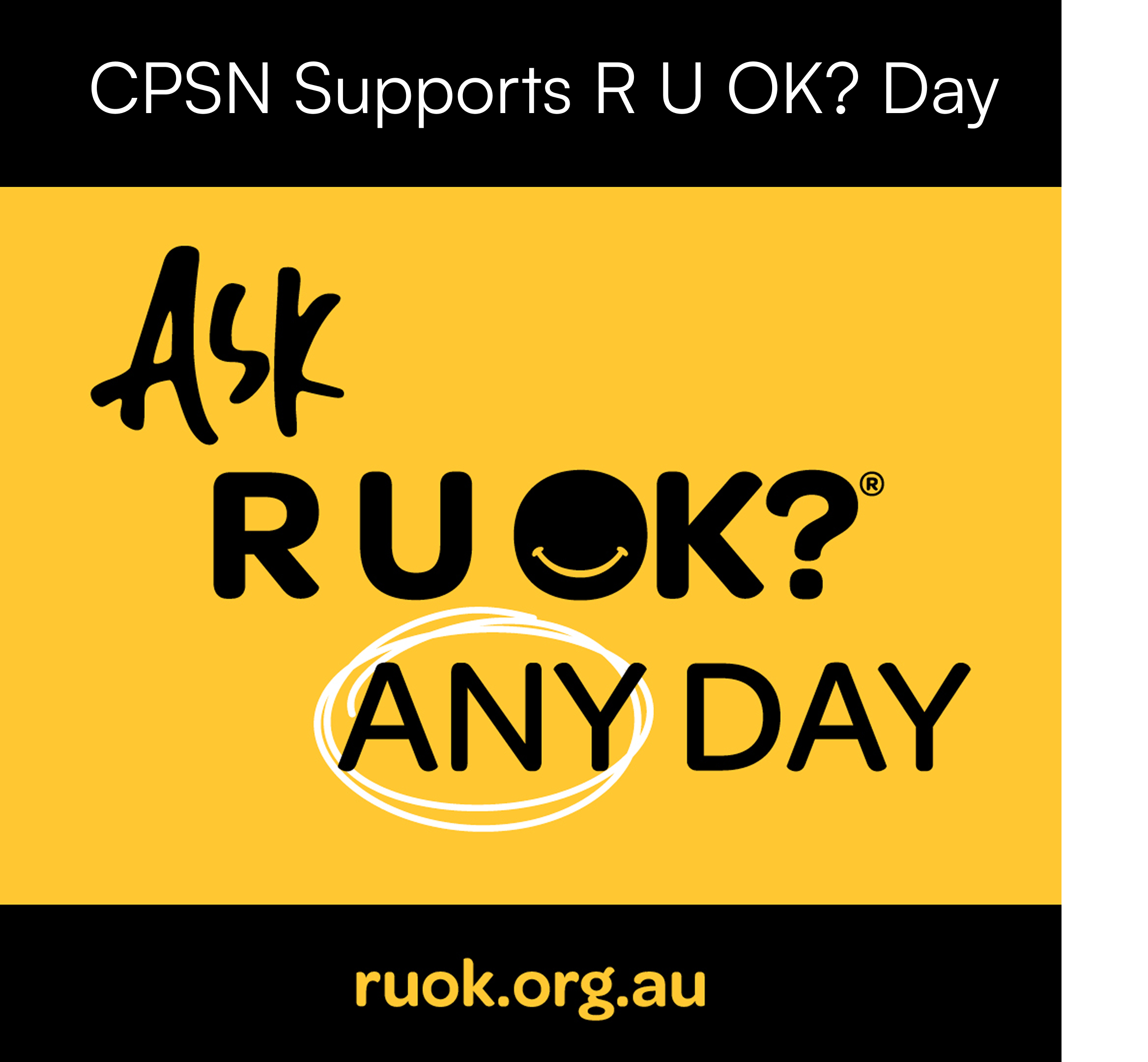PEG feeding can be an intimidating process, not to mention most parents struggle to imagine that they will ever have to do this with their children. This month, our telehealth nurse Amy offers advice on tube feeding and reflects on her experiences with tube feeding her twin boys.
Tube feeding involves any way of feeding an individual "enterally" or through a tube. The main two mechanisms are through a Nasogastric tube or a Percutaneous Endoscopic Gastrostomy, better known as a PEG.
Tube feeding is required when a person is either unsafe to swallow food and/or liquids because of the risk of aspiration (fluid entering the lungs instead of the digestive system) or because they cannot maintain their weight and nutritional needs through just oral feeding.
We had a short journey with tube feeding but one that I remember very well, nonetheless. When my twins were born prematurely, they did not have a swallow reflex, so right away had nasogastric tubes inserted and received all their nutrition through these.
At the time, this was a gravity feed through a tiny syringe with expressed breast milk; I have many memories of holding a syringe above my boys to feed them while they were in the Neonatal Intensive Care Unit (NICU) and Special Care Nursery (SCN).
Once they became bigger, their suck, swallow and breathe reflexes developed (generally at around 32-34 weeks gestation). We were able to start introducing breast and bottle feeding.
Liam took to this well; however, the littler of our twins, Ollie had already developed somewhat, of an oral aversion and was not keen on either the breast or bottle. This delayed discharge until he could be linked in with the Home Enteral Nutrition (HEN) program and home with the NG Tube.
It would then be a year and the start of discussions around a PEG before he started to feed orally with solids and a bottle and was able to meet his nutritional needs without the tube.
Tube feeding can be intermittently needed for some; it might be used temporarily or, for many. It is a much longer or lifelong journey, often beginning with nasogastric feeds and, at some point, a PEG being inserted.
Types of Enteral (Tube) Feeding
The two main types of tube feeding for children and adults with Cerebral Palsy and other disabilities are Nasogastric tube feeding and PEG feeding.
A Nasogastric Tube (NGT) is a soft, thin tube that is passed through the individual's nostril. It is placed to go down the back of the throat, through the oesophagus (food pipe) and into the stomach. A child or adult might have their NGT inserted in the hospital, or a family member might be taught to assist with this through education on the process and safeguards to ensure it is placed correctly.
This can be daunting however can save many trips to the hospital if the NGT is to come out (or pulled out by little hands, which is often the case with children). It is not safe to reinsert an NGT if you have not been trained.
A Percutaneous Endoscopic Gastronomy (PEG) is a tube inserted into your stomach, requiring an operation in the hospital to insert. Once inserted, one end of the tube sits directly in the stomach, and the other end will form a "stoma" site.
Some individuals will have a gastronomy tube held in place with an internal fixator (balloon); others might have a Gastronomy button, a skin-level button gastrostomy tube inserted into a pre-formed stoma.
Some other types of tube feeding which are less common are Orogastric tube feeding, where the tube is fed through the mouth instead of the nose (this is often the first tube inserted when a baby is born prematurely), and a Nasojejunual tube or Gastrojejunal tube where the tube is placed all the way down into the Jejunum (small bowel) instead of the stomach.
The how and what of Tube Feeding
Generally, a premade formula is fed to the individual via the feeding tube along with water and medications. Some people now opt for a blended diet where real food is blended to a liquid consistency and fed via the tube. This type of feeding has benefits; however also comes with some risks, such as tube blockage and so a dietician, HEN, or other hospital team should be consulted before changing to this kind of feed.
A tube feed can be completed via the gravity method, where the bottle of formula or feed is hung up higher than the peg site or nose and, with gravity, flows through the tube set and into the NGT or PEG. This works well where the individual tolerates feeds comfortably, and the pace of the feed does not need to be particularly slow. It can require closer monitoring, however.
A feeding pump can also be used, allowing a set rate to be programmed, and the feed can be as slow or fast as required. A pump is often used where a continuous feed is needed.
Why might a Feeding Tube be needed?
For some children with Cerebral Palsy, a feeding tube is used from birth. Generally, a Nasogastric tube is used at first, which might be used for several years before the decision to insert a PEG is made.
For others, a Nasogastric tube might be required intermittently, for example, when the child or adult is sick or for some people, a PEG might be inserted later in childhood or as an adult.
The insertion of a feeding tube can also be for several reasons. Where a child does not have a swallow reflex or has very severe dysphagia (swallowing difficulties) or the adult of a child cannot maintain a healthy weight and nutritional intake with just oral food or fluids. Sometimes very severe reflux can impact whether a feeding tube is also needed.
A combination of these factors often leads to the decision to insert a feeding tube. This is generally (except in emergencies) a decision made by the individual, parents/carer, and the health care team. It can be a very daunting decision. However, a lot of information, support and individual/parent stories are available to help through this decision and beyond.
There is much support for parents and individuals who are tube fed and during February 5th-11th, Feeding Tube Awareness Week aims to bring tube users and their families together.

CPSN




